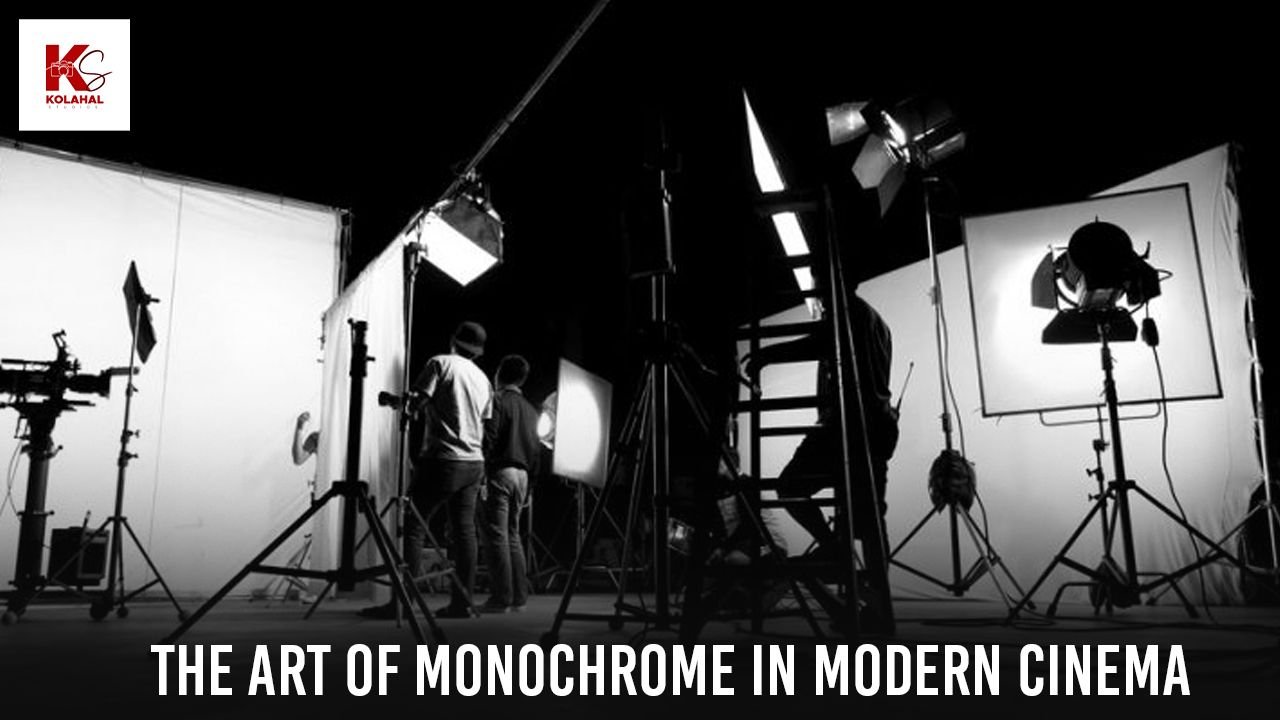The Art of Monochrome in Modern Cinema
Introduction
In recent years, monochrome films have resurfaced as a popular stylistic choice among contemporary filmmakers. While black-and-white cinematography was once the industry standard due to technological limitations, today it is a deliberate artistic choice. Directors turn to monochrome for its timeless aesthetic, ability to enhance storytelling, and power to create unique atmospheres that color films may not achieve as effectively.
1. Aesthetic and Emotional Impact
Monochrome visuals strip away the distraction of color, allowing audiences to focus more on texture, form, light, and shadow. This simplicity can enhance the emotional resonance of a scene, emphasizing the nuances of character expressions or the starkness of a landscape. Modern directors use this technique to create a nostalgic or timeless feel, evoking classic cinema while grounding their stories in a more universal context. Notable examples include Roma by Alfonso Cuarón and The Lighthouse by Robert Eggers, both of which use black and white to emphasize the emotional depth of isolation and memory.
2. Symbolism and Focus
Monochrome also acts as a tool to reinforce themes and symbolism. In Parasite, director Bong Joon-ho released a black-and-white version of the film, which emphasized class divides through the stark contrast of light and dark. By removing color, monochrome can heighten the metaphorical weight of visual elements. The limited palette directs the viewer's eye to specific details, making the story feel both raw and refined, as if the distractions of the "real" world have been stripped away.
3. Enhanced Cinematic Techniques
Filmmakers working in monochrome often experiment more intensively with lighting and contrast. This creates a specific visual intensity, making scenes feel more dramatic or dreamlike. For example, Mad Max: Fury Road director George Miller released a "black-and-chrome" version of the film to enhance the desolate, dystopian setting and accentuate the action's intensity. This version transforms the experience, making the film feel like a gritty graphic novel brought to life.
4. Monochrome and Genre Revival
Monochrome has become particularly popular in horror and thriller genres, where filmmakers capitalize on its ability to create unease. The lack of color amplifies a sense of dread, reminiscent of early horror films. Robert Eggers’ The Lighthouse is a prime example, using black and white to make the film's atmosphere feel claustrophobic and disorienting, as if set in a past that’s both familiar and alien.
Conclusion: A Revival with Purpose
Today’s monochrome films reflect a conscious decision to use the absence of color as a narrative and aesthetic tool, rather than a technical limitation. By embracing monochrome, modern filmmakers tap into cinema's rich history, breathing new life into a classic style while offering audiences a unique visual experience.

Comment's